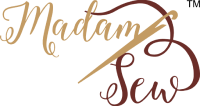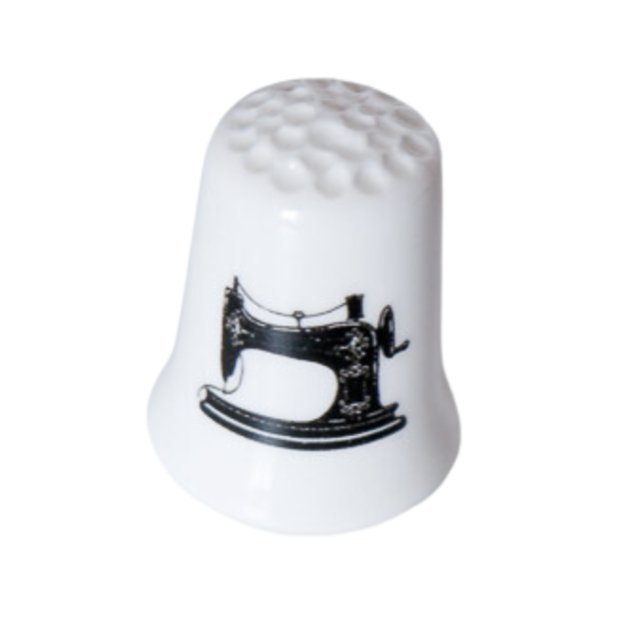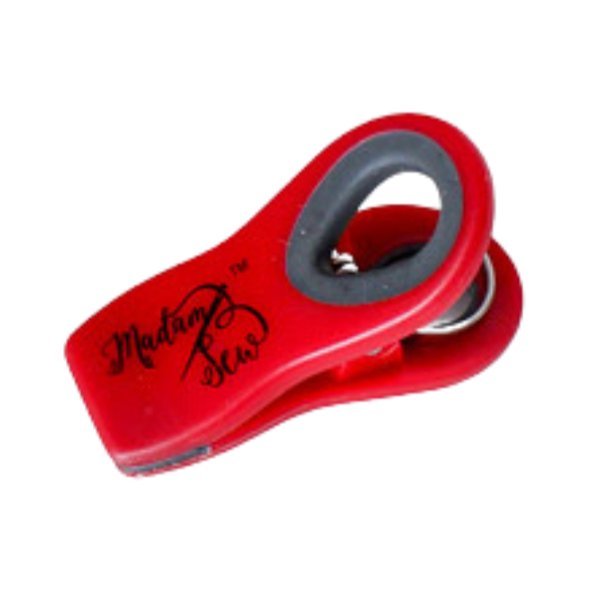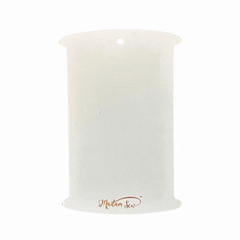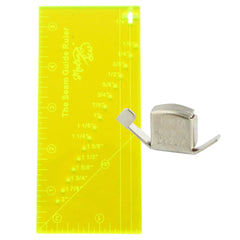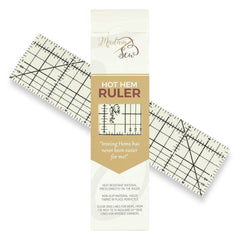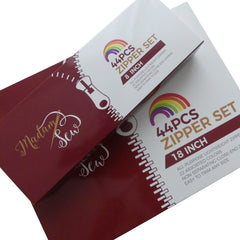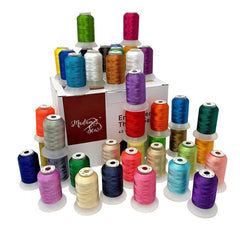HOW TO DO WAVY LINE QUILTING WITH A WALKING FOOT
Stress-Free Quilting Guaranteed
Quilting with a walking foot is the stress-free way to finish your quilt project, I guarantee it. Here’s why: Free motion quilting is complicated and takes practice. But I bet you already know how to use a walking foot. If you can sew a straight line with a walking foot, then you already have the skill set needed to use a walking foot to quilt. And you can do it with a regular sewing machine!
Wavy Line Quilting With A Walking Foot
Did you know that the average quilter starts eleven projects a year and completes nine of them. That’s impressive. I know quilters who average many more than two unfinished projects and many times they delay the quilting. When I introduced wavy line walking foot quilting to them, they couldn’t believe how easy it was and how it produced such a beautiful quilt pattern. Best of all, they plan to use this method of quilting to complete more of their projects. I believe that you will find wavy line quilting with a walking foot to be a very useful method as well. I love it and I’d love to share this method with you too.
About Walking Foot Quilting
Walking Foot quilting is best known for its straight lines. All you need is a straight seam or a drawn straight line as your start. Here are a few examples of straight line walking foot quilting.
Examples of Straight Line Walking Foot Quilting
Unfortunately, with straight line quilting uneven lines are noticeable. But you won’t need to worry about that with wavy line quilting.
I’ve been using the wavy line method to quilt for over three years now. It has become my favorite way to quilt because it is stress-free, fast, easy and beautiful. Recently I shared this method with a volunteer group of 20 men and women who make charity baby quilts. Now they are fans of the wavy line quilting method too.
Best of all, the wavy line quilting method can be used on any size quilt. Are you ready to discover this stress-free way to quilt too? I can’t wait to show you the two easy steps. Here’s a quick peek, I’ll cover the details below.
- Step One: Position the walking foot guide bar on the seam or line you will follow and
- Step Two: Sew using an elongated zig zag stitch pattern.
That’s it. Two steps. It is amazing!
Checklist and Supplies Needed For Wavy Line Quilting
You’ll need a walking foot with a guide bar, a practice quilt sandwich and the ability to change the length of a zig zag stitch pattern on your domestic sewing machine. I said it was easy.
Be prepared for this project. See “Supplies and Tools”, “Fabric” and “Getting Ready To Sew”.
Supplies and Tools
These are the tools and supplies that I used for Wavy Line Quilting.
- Walking Foot with guide bar
- Coordinating Cotton Threads
- Thread Snips
- Rotary Cutter, 6 x 24 Inch Ruler, 6-inch Square Ruler and a Rotating Cutting Mat
- Sewing Stiletto and Long Flower Pins
- Optional: Quilting Gloves
Supplies
Fabrics
Two different fabric colors and batting are needed. I chose purple and black.
Fabrics
- Cut (one) 14-inch square of solid black fabric
- Cut (one) 12-inch square of solid purple fabric
- Cut (one) 14-inch square of batting
Cut Fabrics
How To Do Wavy Line Quilting in 10 Minutes
Here are the detailed two steps.
Step One: Assemble the Quilt Sandwich
Place the 14-inch black fabric in your workspace. Then place the batting on top. And the 12-inch square of purple fabric on top of the batting.
The Quilt Sandwich
Tip: Fold the purple fabric in half. You’ll use this fold to draw a center line. Use a chalk marker or a heat erasable marking pen to draw the center line.
Center Line on the Purple Fabric
Pin the quilt sandwich together to prevent it from shifting while quilting.
Step Two: Set up your walking foot and sewing machine and sew.
Change the presser foot on your sewing machine to a walking foot with the guide positioned to the left.
Tip: An open toe walking foot gives you the best visibility as you quilt.
Walking Foot With Guide Bar
Elongate a zig-zag stitch pattern on your sewing machine by changing the length to the longest possible (5). And widen the stitch pattern to the widest possible (5).
That's it. You don't need to do more. You can just guide the fabric as you would do with a straight line and a beautiful wavy line will appear. Experiment to determine the stitch pattern, length, and width that you like the best.
Tip: Test the needle positioning by turning the hand wheel toward you. Reduce the stitch width to enable the needle to easily move within the walking foot’s opening. Also remember to put a new quilting needle in your machine. This will help avoid a bent or broken needle.
Changed Stitch Pattern on a Sewing Machine Screen
Position the walking foot guide bar at the beginning of the center line. Follow the center line with the guide bar as you sew the entire depth of the sample quilt sandwich.
TIP: Refer to your mechanical or computerized sewing machine’s manual to select a stitch pattern that you like and can adjust.
Quilting with a Walking Foot with Guide Bar Positioned on the Center Line
To continue quilting simply reposition the guide bar at the center of the line of the last stitches sewn.
Walking Foot with Guide Bar Positioned on a Stitched Wavy Line
Once you reach the edge of the sample quilt sandwich, then you are ready to quilt the other side.
Flip the quilt sandwich so that the center line is under the walking foot guide bar. You are ready to quilt the other half of the sample quilt sandwich.
Quilting the Other Half of the Sample Quilt Sandwich
By now you should be very comfortable using the guide bar of the walking foot to do wavy line quilting. Did you know that the walking foot has a center needle mark that can be your guide for wavy line quilting on a straight line or straight seam?
Not all walking feet are created equal. The best walking feet have easily seen marks.
Walking Foot with Easily Seen Marks
Now that you’re more comfortable with using the guide bar to do wavy line quilting, use the center needle mark position on the walking foot to sew directly on the center line.
Walking Foot with Center Needle Mark
Tip: You can wavy line quilt directly on any straight line by positioning the walking foot center needle mark on the line.
You’ve done it. You have everything you need to do wavy line quilting.
Wavy Line Quilting Made with a Walking Foot and Guide Bar
Are you ready to try out your wavy quilting skills on your unfinished quilt projects? If you are inspired to try something new, then Madam Sew has lots of fast and easy quilt ideas that could be your next project. Take a look:
- 13 Half-Square Triangle Layouts for Your Next Quilt
- How To Make A Photo Quilt
- How To Make A Bow Tie Quilt Block
- Eccentric Star Quilt Block Tutorial
May your quilting always bring you joy!
Ernie Grant
Guest Blogger For Madam Sew
Ernestine “Ernie” Grant is an avid quilter with over 18 years experience and is the owner of the custom baby quilt business kalibabyquilts.com . As an African American living in Harlem, NY her view of quilting is shaped by her heritage and the elders who taught her–Quilting is not just thread, fabric and stitches. It is art, it is love, it is community.



